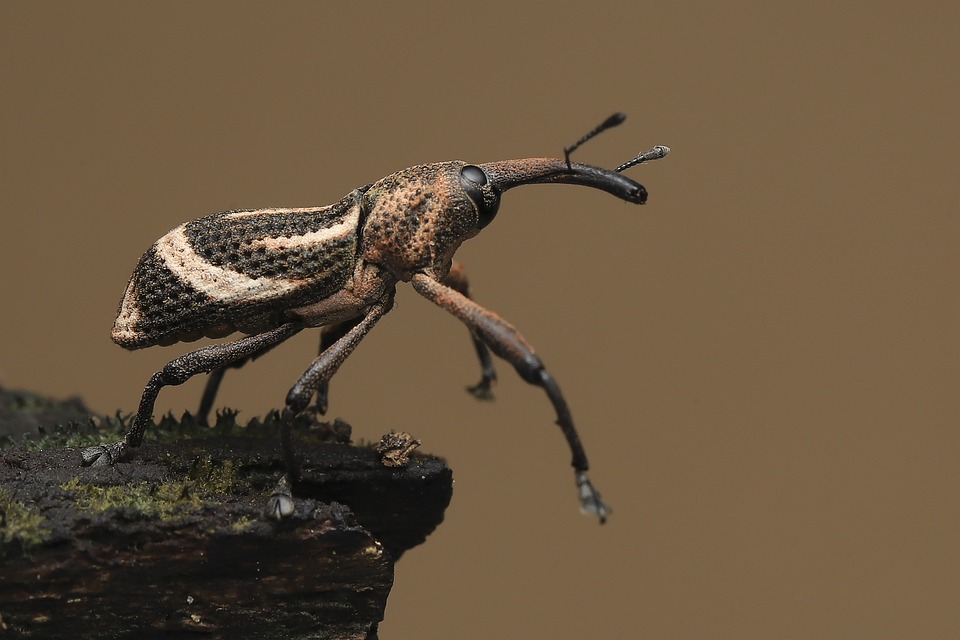As warmer weather approaches, so does the unwelcome presence of pesky insects. Whether it’s mosquitoes buzzing around at dusk or ants marching across your picnic blanket, these critters can turn a relaxing outdoor experience into an uncomfortable scenario. While commercial insect repellents are widely available, many contain chemicals that may not be suitable for everyone, especially families with young children or individuals with sensitive skin. Fortunately, creating your own natural insect repellents at home is simple, effective, and eco-friendly. In this article, we’ll explore some DIY insect repellent recipes you can trust, using ingredients that are both safe and easy to find.
Why Go DIY?
- Safety: Many store-bought repellents contain synthetic chemicals like DEET or Picaridin, which can cause skin irritations or other health concerns when used frequently.
- Cost-Effective: Making your own insect repellent can save you money in the long run, especially during peak bug seasons.
- Customization: DIY recipes allow you to tailor your repellent to suit your personal preferences in scent and effectiveness.
- Eco-Friendly: Many chemical repellents can be harmful to the environment. Using natural ingredients helps minimize your ecological footprint.
Essential Oils: Nature’s Bug Banishers
Essential oils are the key components in many DIY insect repellent recipes. They not only smell delightful but also have natural insect-repelling properties. Here are some essential oils known for their effectiveness against bugs:
- Citronella: Widely known for repelling mosquitoes.
- Lavender: Known to repel moths, fleas, and mosquitoes.
- Peppermint: Effective against spiders, ants, and mosquitoes.
- Eucalyptus: Natural repellent against mosquitoes and other flying insects.
- Tea Tree: Strong antifungal and antibacterial properties, also deters various insects.
DIY Insect Repellent Recipes
1. Basic Essential Oil Spray
Ingredients:
- 10-15 drops of essential oil (citronella, lavender, or eucalyptus work well)
- 2 tablespoons of witch hazel or vodka
- 2 tablespoons of water
- Spray bottle
Instructions:
- Combine the essential oil, witch hazel (or vodka), and water in the spray bottle.
- Shake well before each use.
- Spray on exposed skin and clothing, avoiding eyes and mouth. Reapply every few hours, especially during outdoor activities.
2. Coconut Oil Insect Repellent
Ingredients:
- 10 drops of peppermint oil
- 10 drops of tea tree oil
- 2 tablespoons of coconut oil (solid)
- 1 tablespoon of beeswax (optional)
Instructions:
- In a double boiler, melt the coconut oil and beeswax together until combined.
- Remove from heat and add the essential oils, stirring until mixed.
- Allow it to cool and solidify. You can apply a small amount to your skin as needed.
3. Herbal Vinegar Insect Repellent
Ingredients:
- 2 cups of apple cider vinegar
- 2 cups of water
- 15 drops of essential oil (any of your choice)
- Fresh herbs like rosemary, mint, or lavender (optional)
Instructions:
- In a large jar, combine the apple cider vinegar and water.
- Add the essential oils and, if desired, the fresh herbs.
- Seal the jar and let it sit in a cool, dark place for one to two weeks, shaking occasionally.
- Strain the mixture and transfer it to a spray bottle. Spray as needed on exposed skin and clothing.
4. Citronella Candle
Ingredients:
- 1 cup of soy wax or beeswax
- 20 drops of citronella oil
- Wick
- Candle container
Instructions:
- Melt the soy wax or beeswax in a double boiler until fully liquefied.
- Remove from heat and mix in the citronella oil.
- Secure the wick in the center of your container, pour the wax mixture in, and let it cool and harden.
- Light it up outdoors to help keep pests at bay.
Tips for Effectiveness
- Patch Test: Before applying any homemade repellent, conduct a patch test on a small area of skin to ensure there’s no adverse reaction.
- Storage: Store your DIY insect repellents in a cool, dark place to preserve the integrity of the essential oils.
- Natural Ingredients Deter Insects: Ingredients like vinegar, witch hazel, and essential oils not only repel insects but can also disrupt their natural behavior.
Conclusion
With these reliable DIY insect repellent recipes, you can enjoy the great outdoors without the nuisance of bugs. Whether you prefer sprays, creams, or candles, these natural alternatives can be customized to suit your needs and preferences. By opting for DIY formulas, you also contribute to a more sustainable lifestyle, free of harmful chemicals. So gather your ingredients, get crafty, and say goodbye to irritating insects while keeping your family safe and comfortable this season!
